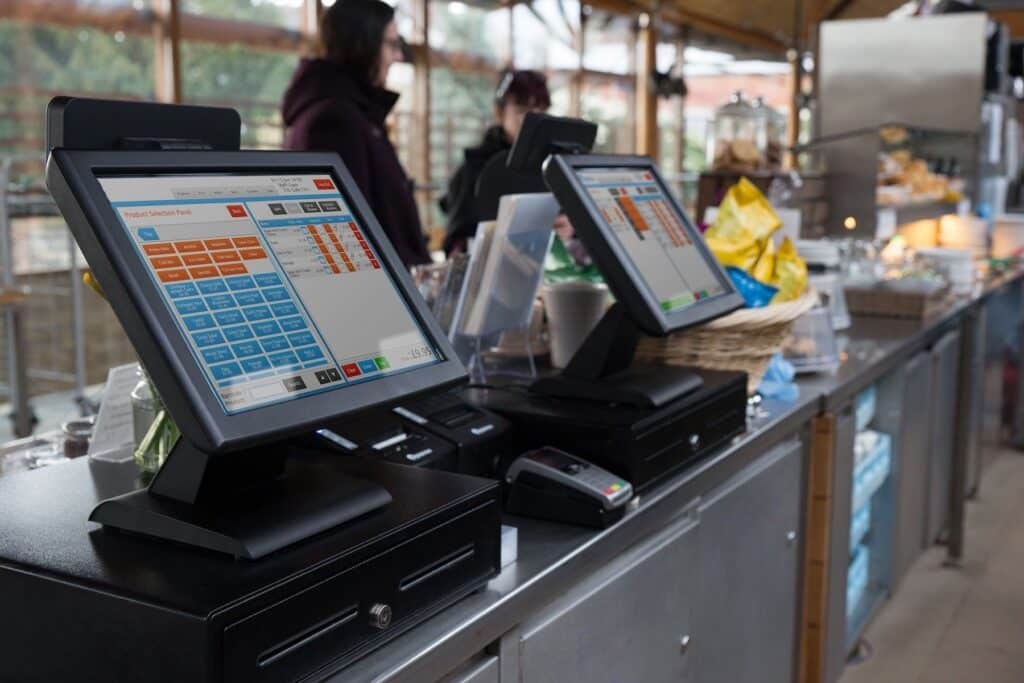
In today’s competitive hospitality landscape, restaurants are constantly seeking innovative ways to enhance efficiency, improve customer satisfaction, and boost profitability. One of the most transformative tools for achieving these goals is a Restaurant Point of Sale system. This guide explores what a POS system is, its core features, benefits, and tips for choosing the right one for your business.
What is a Restaurant Point of Sale System?
A Restaurant Point of Sale system is a combination of software and hardware that helps restaurants manage transactions and operations. Unlike traditional cash registers, POS systems go beyond simple payment processing to provide functionalities like order management, inventory tracking, and detailed analytics. These systems are tailored to meet the unique demands of the food and beverage industry, offering solutions that adapt to various restaurant types, from quick-service chains to fine-dining establishments.
Modern POS systems often integrate with cloud technology, allowing owners and managers to access operational data remotely. Additionally, many systems are equipped with features to support mobile payments, contactless transactions, and third-party delivery integrations.
Key Features of a Restaurant POS System
- Order Management
- Simplify order entry with touchscreen interfaces and handheld devices.
- Reduce errors with real-time communication between the front of house and kitchen.
- Menu Customization
- Easily update menu items, prices, and modifiers to reflect seasonal offerings or promotions.
- Inventory Management
- Track ingredient usage and receive low-stock alerts to prevent shortages.
- Generate reports to identify waste or theft issues.
- Payment Processing
- Accept a wide range of payment methods, including credit cards, digital wallets, and gift cards.
- Split checks and process tips seamlessly.
- Employee Management
- Monitor staff attendance, manage shift schedules, and track performance metrics.
- Customer Relationship Management (CRM)
- Create profiles for repeat customers to personalize their dining experience.
- Implement loyalty programs to encourage repeat visits.
- Analytics and Reporting
- Generate sales reports, track peak hours, and identify top-performing menu items.
- Integration with Delivery Platforms
- Sync orders from apps like DoorDash, Uber Eats, and Grubhub directly to the kitchen.
- Tableside Ordering
- Use portable devices to take orders at the table, speeding up service and minimizing errors.
- Multi-Location Support
- Manage multiple restaurant locations from a single dashboard.
Benefits of Using a POS System in Restaurants
- Improved Efficiency
- Automate repetitive tasks like inventory updates and reporting, allowing staff to focus on customer service.
- Enhanced Accuracy
- Digital order management reduces the likelihood of miscommunications between servers and kitchen staff.
- Faster Service
- Features like tableside ordering and quick payment processing minimize wait times for customers.
- Cost Management
- Track inventory usage to reduce waste and ensure cost-effective purchasing decisions.
- Increased Customer Satisfaction
- Provide personalized experiences through loyalty programs and tailored menu suggestions.
- Business Insights
- Access actionable data to make informed decisions on pricing, staffing, and menu changes.
- Scalability
- Whether you’re operating a single location or expanding into a chain, POS systems can scale to meet your needs.
- Regulatory Compliance
- Simplify tax reporting and ensure adherence to data security standards.
Choosing the Right POS System for Your Restaurant
When selecting a POS system, it’s essential to consider your specific operational needs. Here are some factors to keep in mind:
- Business Type
- Determine whether the system is designed for your restaurant model (e.g., fast-casual, fine dining, or food truck).
- User-Friendliness
- Opt for a system with an intuitive interface to minimize training time for staff.
- Budget
- Consider both upfront costs (hardware, installation) and ongoing expenses (subscription fees, maintenance).
- Scalability
- Ensure the system can grow with your business, accommodating future locations or expanded services.
- Integration Capabilities
- Check for compatibility with existing tools like accounting software and marketing platforms.
- Customer Support
- Reliable, 24/7 support is crucial to minimize downtime and resolve issues promptly.
- Cloud-Based vs. On-Premise
- Decide whether you prefer the flexibility of a cloud-based system or the control of an on-premise solution.
Trends Shaping the Future of POS Systems
- Artificial Intelligence (AI)
- Predictive analytics and AI-driven insights help optimize staffing, menu design, and customer engagement.
- Mobile and Contactless Payments
- As consumer preferences shift towards cashless transactions, POS systems are adapting to support digital payment methods.
- Self-Service Kiosks
- Empower customers to place orders independently, reducing wait times and improving accuracy.
- Blockchain Technology
- Enhance payment security and streamline transactions with blockchain-powered solutions.
- Sustainability Tools
- Track and reduce food waste with features designed to promote eco-friendly practices.
- IoT Integration
- Connect kitchen appliances and other devices to the POS system for real-time monitoring and synchronization.
Overcoming Common Challenges
- High Initial Costs
- While POS systems require an upfront investment, the long-term benefits often outweigh the costs.
- Technical Issues
- Downtime can disrupt operations, so choose a system with robust technical support and backup options.
- Training Requirements
- Allocate time and resources to train staff on the new system to ensure a smooth transition.
- Data Security Concerns
- Protect customer and business data by selecting a POS system with advanced encryption and compliance features.
Conclusion
A Restaurant POS system is more than a tool—it’s a strategic asset that can revolutionize the way your business operates. By streamlining processes, enhancing the customer experience, and providing valuable insights, a POS system equips restaurants to thrive in an increasingly digital and competitive market. When implemented thoughtfully, it becomes a cornerstone of success, driving growth and efficiency for years to come.